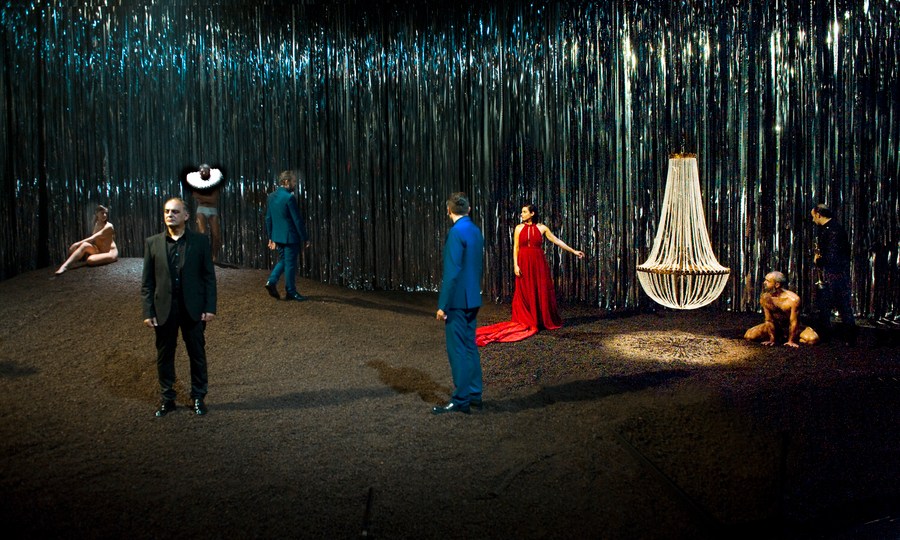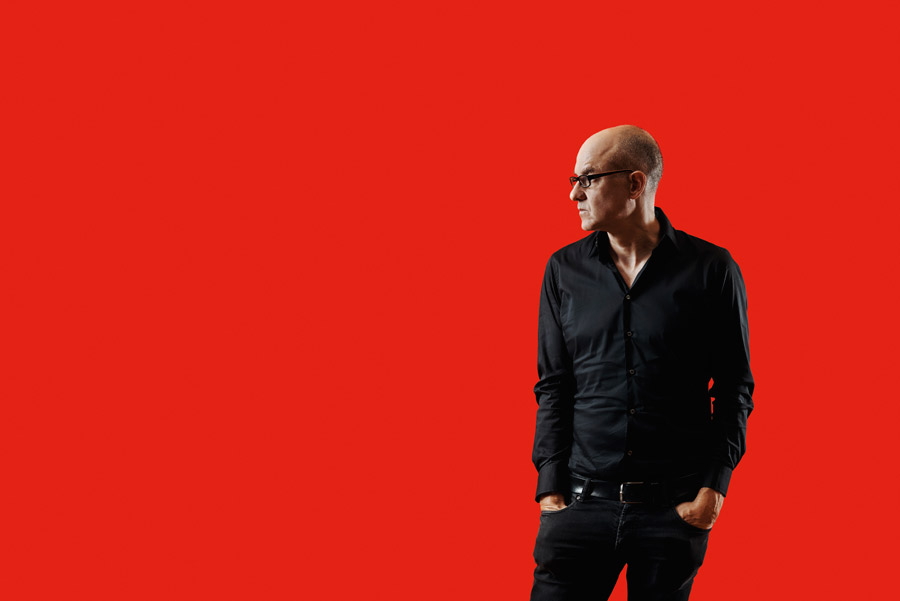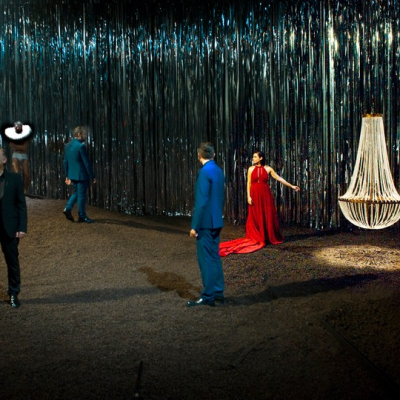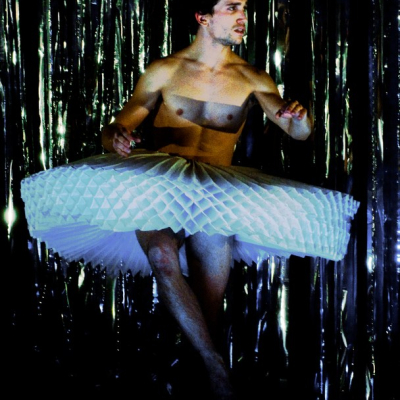The Public 18

A coproduction by the Teatro de La Abadía and the National Theatre of Catalonia
Director: Alex Rigola
In Spanish with Hungarian subtitles
1 hours 20 minutes, without breaks.
Very few directors have dared to put this play by Federico Garcia Lorca on stage. It is perhaps his most enigmatic, surreal, scandalous, and revolutionary work, as well as a pithy embodiment of his artistic creed. Lorca attacks norms, mediocrity, and intellectual narrow-mindedness, as well as art and theatre that have been crippled by convention. In contrast, he presents a “theatre under the sands,” which speaks to one’s innermost spaces—spaces the existence of which we are hesitant to admit even to ourselves—and forbidden, often shamefully concealed truths.
Alex Rigola and his theatre company excavate this theatre from the sands and make it sparkle, presenting us with a complete theatre in which text, gesture, music, and the audience itself as a fundamental partner in the creation of the work form a unit. The director does not force an interpretation of the play, but rather—remaining true to Lorca’s text and always being attentive to preserve the two threads, the personal and the social—raises the fundamental questions: what are the uses and functions of the theatre? What do we expect of the theatre? The real audience, or “public,” the anonymous protagonist of the play and a metaphor for society, becomes a part of the production.
We recommend the production for people 18 years of age and older.
Színészek/Actors: Nao Albet, Jesús Barranco, David Boceta, Juan Codina, Oscar de la Fuente, Laia Duran, Irene Escolar, María Herranz, Jaime Lorente, David Luque, Pau Roca, Jorge Varandela, Nacho Vera, Guillermo Weickert
Díszlettervező/Set designer: Max Glaenzel, Fény/Lighting designer: Carlos Marquerie, Jelmez/Costumes: Silvia Delagneau, Hangtervező/Sound designer: Nao Albet, Koreográfus/Choreographer: Pastor Bobo Laia Duran, Dramaturg/Dramaturge: Eleonora Herder, Rendezőasszisztens/Assistant to the director: Carlota Ferrer
Alex Rigola




.jpg&w=400&h=400&zc=1&a=t)










